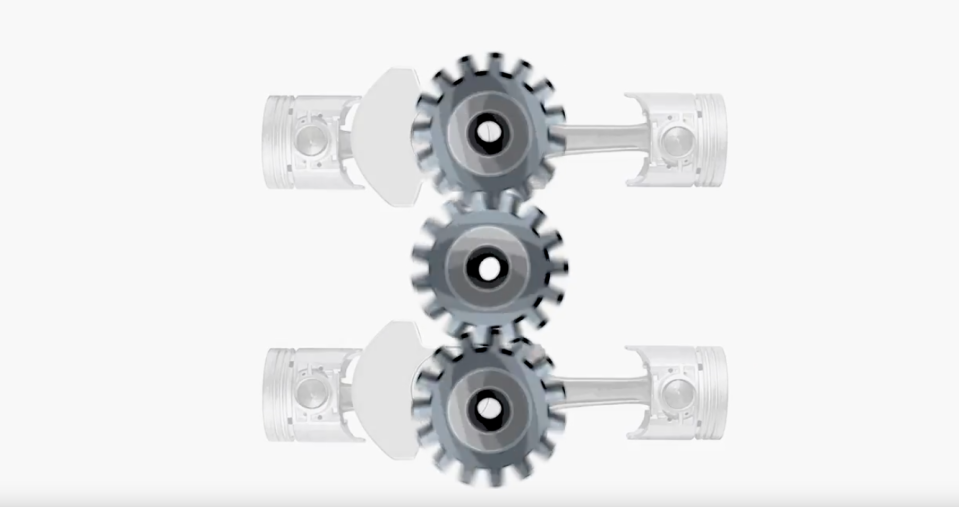The Lotus 43 Was a Magnificent Failure

For the 1966 F1 season, maximum engine displacement was increased from 1.5 liters to 3.0 liters. British engine builder BRM had success with its 1.5-liter V8s, but it decided to adapt to the 3.0-liter regulations in the oddest way possible, sinking Team Lotus's hopes for a championship in the process. This is the strange story of the BRM H16.
Sometimes the "H" designation is used to signify a flat engine, but BRM's H16 was no flat-sixteen. As Drivetribe explains in this video on Jim Clark's 43, the engine was two 180-degree V8s (derived from BRM's 1.5-liter) sat on top of each other. Essentially, it was two engines, each with its own crankshaft, stacked on top of one another and geared together. It also had eight camshafts.

BRM's engineers figured that by taking a proven engine design and quite literally doubling it, they'd have a hit on their hands. The BRM H16 made around 420 hp, but it was much heavier than any of the V8s and V12s on the grid, and 16 cylinders meant that it required a lot of fuel and fluids to run.
It wasn't reliable, either, only managing to finish one race, the 1966 US Grand Prix at Watkins Glen. That Jim Clark managed to win that race was a testament to his incredible sense of mechanical sympathy.
BRM seems to have given up on the H16 for the 1967 season, refocusing its efforts on more-traditional V8s and V12s. Lotus switched to Cosworth engines that year, with the Ford-badged DFV 3.0-liter V8, which went on to become the most successful F1 engine of all time.
So, the Lotus 43 and the BRM H16 was a failure, but a truly fascinating failure. Engine design doesn't really get much crazier, and to Drivetribe's Michael Fernie, the story of the 43 and the H16 is a perfect way to encapsulate Jim Clark's genius. Even when saddled with sub-par equipment, the Scottish legend could shine.
Click here if you can't see the video above.
You Might Also Like

